See inside Sunderland Synagogue as we look into the history of the spectacular building which closed in 2006
and live on Freeview channel 276
The synagogue stands on Ryhope Road, where it was built in 1928, intact but empty. It has not been used for 15 years.
According to the Jewish Communities and records website: “The last service was held on 25 March, 2006. The synagogue was actually sold in September 2000, but the community was permitted to continue using it, paying a peppercorn rent.”
Advertisement
Hide AdAdvertisement
Hide AdThe story of the building is, obviously, inextricably linked with the story of the Jewish community in Sunderland.
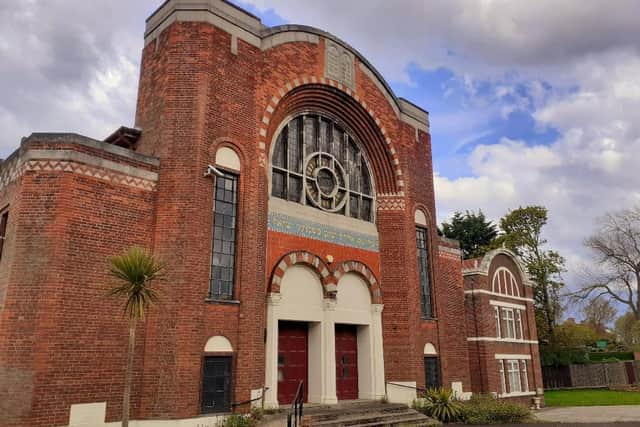

History
It is not known exactly when the first Jews came to England, but the best guess seems to be some time after William the Conqueror scudded his way to power in 1066.
Judaism became well established, but numbers had dwindled to just 2,000 or so in the whole country by 1290 after years of oppression under Edward I, who then charmingly expelled Jews completely in exchange for cash from parliament. A mere bargaining chip.
They were readmitted by Oliver Cromwell, not generally associated with religious tolerance, in 1655. In 1755, exactly 100 years later, Sunderland’s first Jewish settlement was formed and became the first regional community to be represented on the Board of Deputy of British Jews.
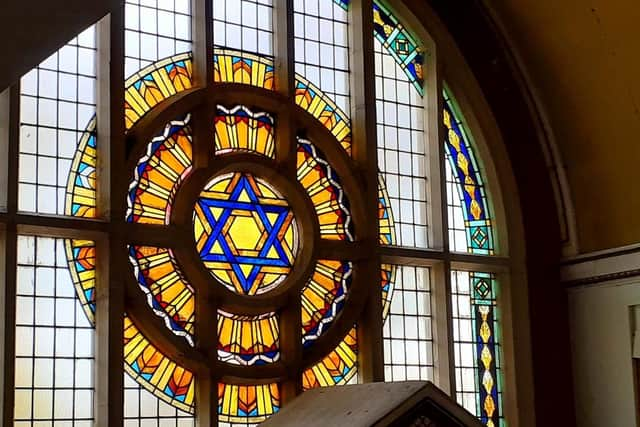

Advertisement
Hide AdAdvertisement
Hide AdIn the 18th Century Sunderland established international ties as it was a coal port. This drew Dutch, Polish and Scandinavian settlers of the Jewish faith.
By the 1920s there was the need for a new, bigger place of worship. According to the current owner the land on which the synagogue now stands was donated by the wealthy Backhouse family, who lived across the road in Ashburne House overlooking what is now Backhouse Park. They were not Jewish.
Design and build – Art Deco
Construction was carried out by local builders Joseph Huntley & Son. It was designed by architect Marcus Kenneth Glass, who had designed the Jesmond Synagogue in Newcastle (now flats). Glass was a Jewish immigrant who had arrived in Newcastle from Lithuania as a toddler in the 1890s.
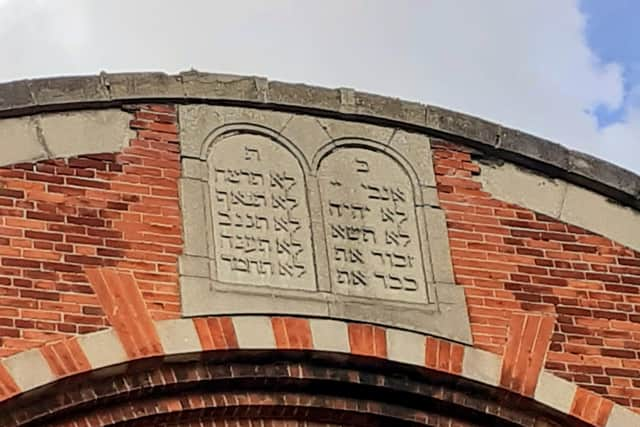

His big influence was Art Deco, hugely popular in the western world at the time. Art Deco buildings also constructed around this time include the Empire State Building … and the Holmeside cinema (now the Mecca Bingo hall).
Advertisement
Hide AdAdvertisement
Hide AdThe synagogue is mainly a red-brick with stone dressing. Apart from Art Deco there are Byzantine and Islamic elements which, including its two parapets, make it very distinctive.
It cost £11,000 to build (equivalent to about £700,000 in 2021) and was opened on December 8, 1928 by Benno Pearlman, who as Lord Mayor of Hull was one of the country’s more prominent Jewish figures.
The only notable change came in 1968 when a bimah (raised platform from which readings are given) was added. However, an adjacent small school was built and opened in December 1936. The school is now two houses.
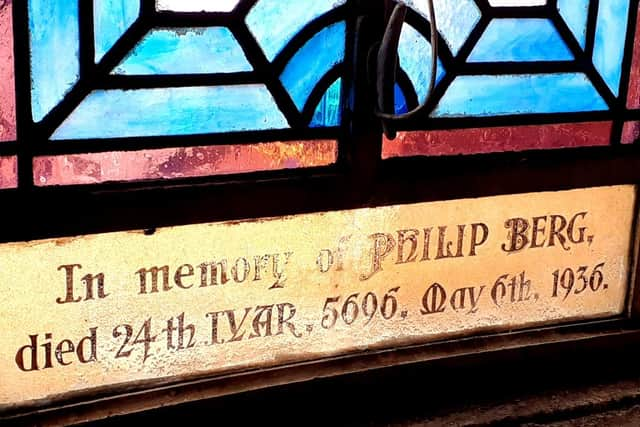

But what most catches the eye, even after 15 years of abandonment, are the windows; particularly the magnificent semi-circular stained glass affairs at each end of the building.
Advertisement
Hide AdAdvertisement
Hide AdAccording to the Twentieth Century Society, a charity which aims to protect architecture: “The stained glass, by an unknown firm, is the best to be found in any of his (Glass’) buildings, especially the large Magen (Star of) David roundels at east and west.”
Recent history
But the city’s thriving Jewish community was to dwindle. The building of the synagogue came, not coincidentally, with numbers at their peak. In 1934 there were 2,000 Jews living in Sunderland. There were still 1,400 in the mid-1960s.
However, numbers declined sharply thereafter with much of the community moving to Gateshead. By the 1990s there were only a few hundred left and the 2001 census showed that just 45 remained on Wearside. The future of the synagogue became increasingly uncertain.
It was awarded Grade II listed status in 1999. This gives reassurance to those who want to preserve the building. Another of Marcus Kenneth Glass’ synagogues stood in Clapton in London between 1932 and 2006 when it was demolished – shortly before it was due to be listed.
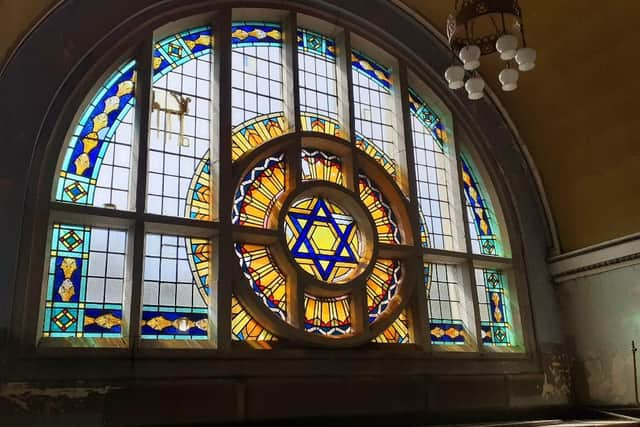

Advertisement
Hide AdAdvertisement
Hide AdClapton’s schul had three main front entrance doors to Ryhope Road’s two. Otherwise the two buildings were externally virtually identical.
Sunderland Synagogue has been owned privately since 2007. The present owner was good enough to allow the Echo to see inside.
Sadly it has fallen prey to occasional vandalism. But we are obliged to point out that the building now contains absolutely nothing worth stealing.
Anything of value has long been removed. This even includes perimeter steel fencing, which has been replaced by wood to deter scrap metal thieves. Even the pews have been taken away.
The future
Advertisement
Hide AdAdvertisement
Hide AdHowever, as we said at the start the building itself is intact, including its upper gallery and is in mainly good repair. But what to do with it?
It seems highly unlikely it will ever be used as a place of worship again; especially a Jewish place of worship as there are so few of them left in the city. This does not mean that it can’t serve some other purpose.
Admirers of the architecture are pleased that under its listed status the building cannot be simply flattened.
The owner would like to convert the place into flats, as has happened to Glass’ other synagogue in Newcastle. There are no plans to alter the overall shape of the building. But it isn’t as simple as that and there seems to be an impasse as regards to developing the place.
Advertisement
Hide AdAdvertisement
Hide AdAs things stand – and at least it does stand – Sunderland Synagogue is one of the finest completely empty buildings in the whole of the North East.
